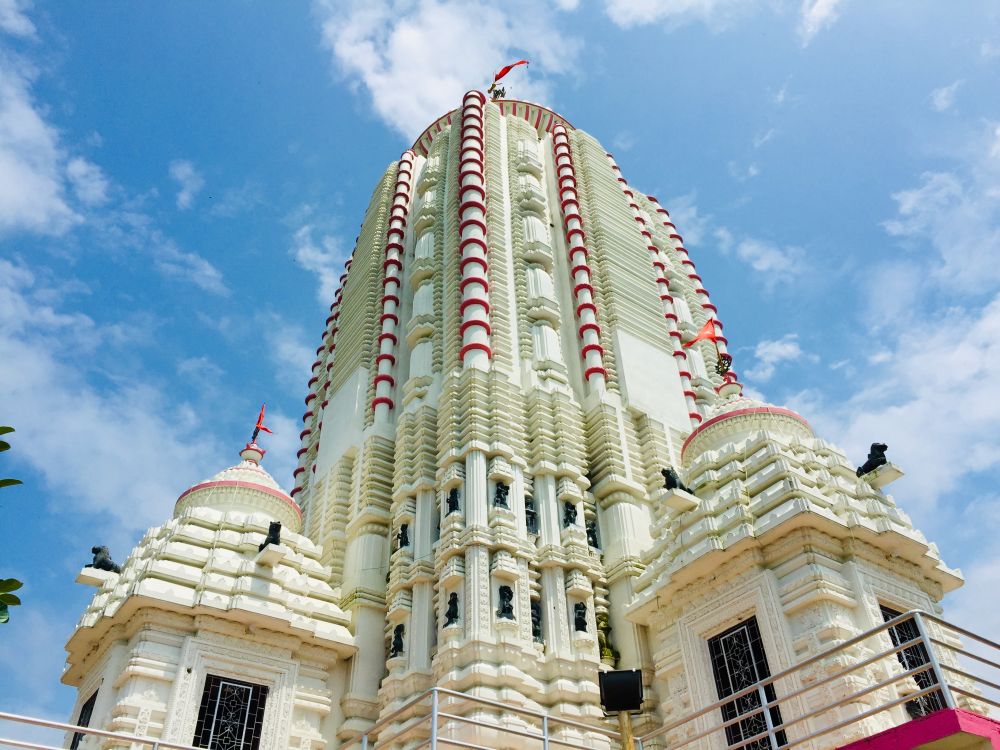

The Jagannath Temple in Ranchi, Jharkhand, India, is an important religious and tourist destination with a history that traces back to the early 17th century. The temple is a miniature replica of the original Jagannath Temple situated in Puri, Odisha, and has become a significant attraction for tourists and devotees alike.
The Jagannath Temple in Ranchi was built in 1691 by King of Barkagarh Jagannathpur Thakur Ani Nath Shahdeo. The temple architecture reflects the Kalinga style, which is also evident in the original Puri Jagannath Temple. Historically, it served as a focal point for the religious activities of the local community, providing a space for spiritual gatherings and festivals.
Over the years, the temple has survived the test of time, even though it was partially damaged in an earthquake in 1967. Since then, it has been renovated and restored, ensuring that its grandeur remains intact for visitors to appreciate.
While the Jagannath Temple in Ranchi has been a long-standing pilgrimage site, its inclusion in the itinerary of tourists visiting Jharkhand has gained momentum in the past few decades. The establishment of better connectivity, infrastructure development, and the inclusion of the temple in local sightseeing packages have popularized the site, drawing both pilgrims and cultural tourists.
The Rath Yatra, which is the chariot procession similar to the one in Puri, holds an overarching importance in the calendar year of the temple and attracts thousands of visitors annually. Taking place during the months of June or July, the festival replicates the grandeur of the Puri Rath Yatra on a smaller scale but with equal devotional fervor.
Another pivotal aspect of the temple's tourism history is the panoramic view it offers of Ranchi city and its lush surroundings, courtesy of its location atop a hill. This makes it a favored spot for visitors seeking spiritual solace as well as nature lovers.
In recent times, the advent of social media and digital marketing has had a notable impact on tourism trends relating to the Jagannath Temple. Increasingly visitors are learning about the temple through digital platforms, and online reviews and shared experiences are encouraging more people to visit. Local authorities have also taken initiatives to promote tourism by organizing events and improving the visitor experience through better facilities and maintenance.
Moreover, with the increasing interest in sustainable and responsible travel, eco-tourism has taken a foothold in the region. Visitors to the temple are encouraged to maintain the sanctity of the place and minimize environmental impact, aligning with the broader trends in global tourism.
The Jagannath Temple remains a signature landmark in Ranchi, symbolizing the spirituality and cultural heritage of Jharkhand. Its historical significance and serene environment continue to captivate visitors, making it a must-visit destination in the heart of India.